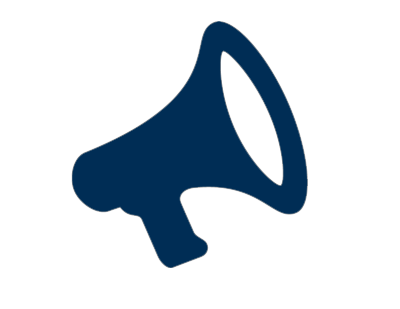SOME IMPORTANT FORMULAS RELATED TO MENSURATION
Right Angled Triangle
It is one whose one of the angles is right angle , i.e., 90°.
1. (Hypotenuse)² = (Perpendicular)² + (Base)²
2. Area = 1÷2*Base*Perpendicular
EQUILATERAL TRIANGLE
All sides are equal in length and all three angles are equal to 60°.
1. Area = √3÷4*(Side)²
2. Area = (Height)²÷√3
3. Height = √3÷2*Side
4. Perimeter = 3*side
ISOSCELES TRIANGLE
Two sides are equal in lengths.
1. Area = b÷4√4a²-b²
where , a = lengths of equal sides b = length of unequal side.
2. In an isosceles right triangle ,
(a) Hypotenuse = √2*congruent side(a)
(b) Area = 1÷2*a²
(c) Perimeter = √2*a(√2+1)
RECTANGLE
1. Area = length(l)* breadth (b)
2. Perimeter = 2(l+b)
3. Diagonal = √l²+b²
SQUARE
1. Area = (Side)²
2. Perimeter = 4*Side
3. Diagonal = Side*√2
PARALLELOGRAM
In parallelogram opposite sides are parall and equal.
The two diagonals are not always equal but they bisect each other at the point of intersection.
Area = Base* Height.
TRAPEZIUM
It is a quadrilateral whose one pair of opposite sides is parallel. Other two sides are oblique.
Area = 1÷2*Height*(Sum of parallel sides)
Here , height is the distance between the two parallel sides.
RHOMBUS
It is a parallelogram whose all sides are equal and diagonals bisect each other at right angles.
1. Area = 1÷2*Product of diagonals.
2. Side = √(d1÷2)²+(d2÷2)² , where d1 and de are diagonals
3. Perimeter = 4* side
QUADRILATERAL
Area = 1÷2*one diagonal *(sum of perpendicular to it from opposite vertices) = 1÷2*d*(a+b)
CIRCLE
1. Diameter = 2*Radius
2. Area = πr² = π÷4*(d)2
where d = diameter = √4A÷π
3. Circumference = 2πr = πd
4. Radius = Circumference÷2π =√ Area÷π
POLYGON
1. Interior angle + Exterior angle = 180°
2. Each interior angle = (2n-4÷n)*90°
where n = number of sides.
3. Sum of Exterior angles = 360°
4. Perimeter = Number of sides * Length of side.
VOLUME AND SURFACE AREA
CUBOID
1. Volume = (Length (l)*Breadth (b)*Height (h))
2. Whole Surface Area =2(lb+bh+lh)
3. Diagonal = √l²+b²+h²
4. Area of 4 walls of a room = 2*h(l+b)
CUBE
In a cube , Length = Breadth = Height.
1. Volume = (l)³
2. Length = ³√Volume
3. Whole Surface Area = 6 l²
4. Diagonal = l*√3
5. Lateral Surface Area = 4 l²
CYLINDER
1. Volume = πr²h
2. Curved Surface Area = 2πrh
3. Total Surface Area = 2πr(r+h)
where r = radius , h= height
SPHERICAL CELL
1. Volume = 4÷3π(R³-r³)
2. Total Surface Area = 4π(R²-r²)
where , R = Outer radius , r = Inner radius.
SPHERE
1. Volume = 4÷3πr³
2. Surface Area = 4πr²
SEMI-SPHERE
1. Volume = 2÷3πr³
2. Curved Surface Area = 2πr²
3. Total Surface Area = 3πr²
CONE
1. Slant height (l) = √r²+h²
2. Volume = 1÷3πr²h
3. Curved Surface Area = πr²l
4. Total Surface Area = πr (l+r)
5. If the depth of the frustum of a cone be k and radii of its ends are r1 and r2, then
(1) Slant height of the frustum of the cone = √k²+(r1-r2)²
(2) Curved surface area of the frustum = π(r1+r2) l.
(3) Volume = πk÷3(r1²+rate+r2²)


1 Comment:
Hats off to you
Post a Comment